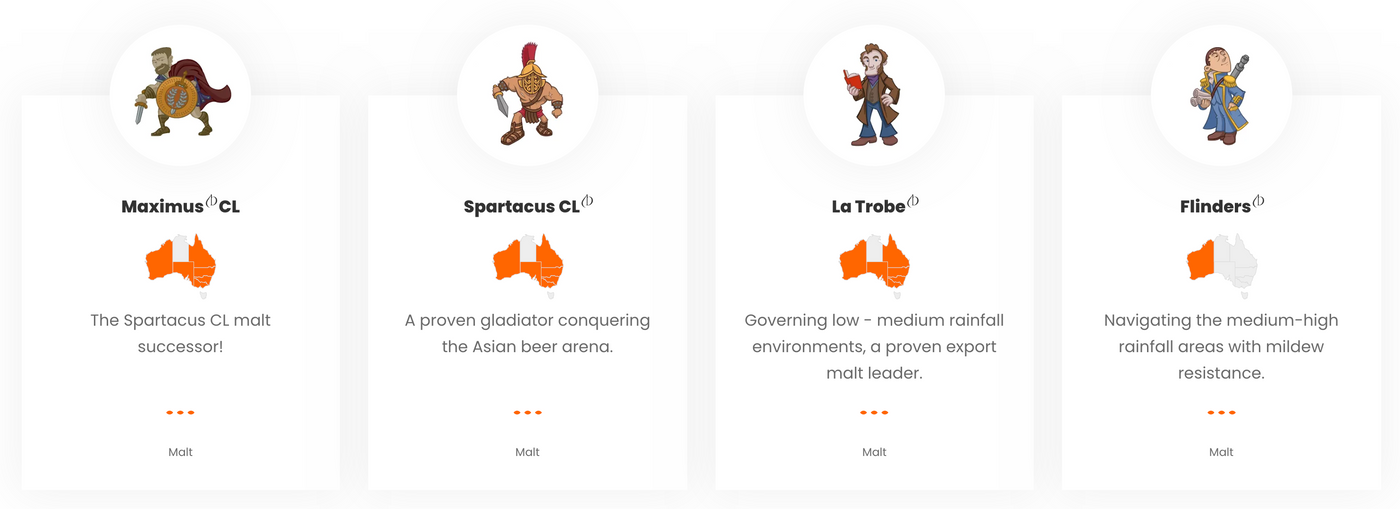
日本酒入門與酒造旅遊的專門家
Japanese Sake Miscellaneous #30 Outer Mai
One of the cereal raw materials used to make Japanese shochu is barley, which is the main raw material of wheat shochu. Among them, the barley produced abroad (in Japan) is referred to as "external wheat", and the main origin is Australia.
Gone. Textbooks only say this about Waimai. OK, the amount of barley for shochu produced in Japan is far less than the amount imported from Japan, but can barley from Australia be regarded as a homogeneous agricultural product? Mainly where you grew up in Australia? Are the quality requirements higher? These are not the focus of textbooks or teachers want to talk about.
Even though the trade war between Australia and China is raging from lobster red wine to iron ore coal, I know that beer and whisky use malt and shochu cannot use malt, but since I started drinking shochu, I didn't know that Japan is only for shochu. shochu only can buy 160,000 metric tons of barley from Australia a year, mainly from Western Australia, not to mention the variety or whether it will change. It also involves changes in the tolerance standards for herbicide residues.
Simply put, the shochu variety for the 2021-22 harvest season is La Trobe, the preferred variety for Japanese shochu over the past five years. Japan announced on December 9, 2020 that the tolerance standard for the residue of the herbicide Imazapyr ( Agricultural イマザピル herbicide ) was set to 0.7ppm, which led to La Trobe to be replaced by Spartacus CL in the 2022-23 harvest season, or reduced to only Provides a niche market with sufficient profit support.
Note 1: La Trobe and Spartacus CL are also processed into malt for export. Other malt varieties include Bass, Flinders, RGT Planet, etc. but those are not used for shochu.
Note 2: The pesticide residue tolerance standard of the Food and Drug Administration of the Ministry of Health and Welfare stipulated in Imazapyr is divided into 4.0ppm for soybean and 0.1ppm for sugarcane according to the crop category. This paper does not compare test methods across countries.
There is also an older, declining variety Maximus CL certified for malt export and shochu, but it remains to be marketed to secure Maximus CL as the preferred variety.

When searching for information on these barley varieties, the breeding company InterGrain Pty Ltd used an anthropomorphic way to express the personality of each variety. It was really eye-catching and interesting. It made me willing to read the variety information instead of turning it off when I saw the full version of English letters. Web page (laughs)
I don't think that in the future, the flavor differences of the three varieties of wheat shochu can be distinguished - after all, there are multiple factors such as koji (rice koji or wheat koji), refined wheat buhe, and wine making style. Rather than worrying about foreign wheat, if there is barley in the place where the brewery is produced, the brewers pay more attention to how to express the local barley terroir.
Like my work?
Don't forget to support or like, so I know you are with me..
Comment…